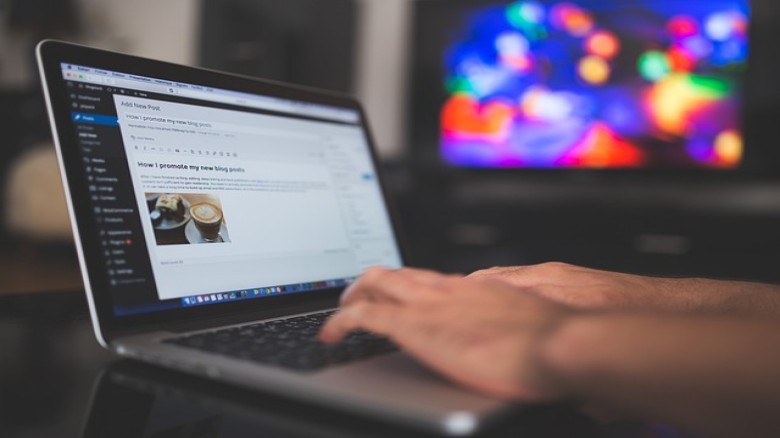UNDERSTANDING SDE, EBITDA, AND ADJUSTED EBITDA: WHAT MAKES THEM DIFFERENT AND HOW THEY'RE UTILIZED
SELLER'S DISCRETIONARY EARNINGS (SDE) EXAMPLE:
Small Business Sale Valuation
Imagine a small retail business with annual revenues of $500,000. The owner pays themselves a salary of $70,000, but they also include personal expenses such as a company car and travel costs, totaling an additional $20,000. The business has operational costs of $300,000, including rent, utilities, inventory, and other standard expenses.
Calculation:
SDE = Revenue - Cost of Goods Sold - Operating Expenses + Owner's Salary + Owner's Discretionary Expenses
SDE = $500,000 - $200,000 - $300,000 + $70,000 + $20,000
SDE = $90,000
This SDE of $90,000 provides a clearer picture for a potential buyer, showing not just the operational income but also the additional benefits the owner enjoys. A buyer can use this figure to negotiate a fair price considering both operational earnings and the owner's discretionary benefits.
Café Business Valuation
Imagine a thriving café up for sale. The café generates $400,000 in annual revenue with operating expenses of $250,000, including staff wages, rent, utilities, and inventory costs. The owner pays themselves a salary of $60,000 but also enjoys additional perks, such as a leased car covered by the business, valued at $10,000 annually.
Calculation:
SDE = Revenue - Operating Expenses + Owner's Salary + Owner's Perks
SDE = $400,000 - $250,000 + $60,000 + $10,000
SDE = $220,000
This SDE of $220,000 showcases not just the business's operating income but also the additional benefits the owner receives. A potential buyer considering the café can better understand the total financial benefits involved in owning the business, influencing negotiations and the perceived value of the café.
EARNINGS BEFORE INTEREST, TAXES, DEPRECIATION, AND AMORTIZATION (EBITDA) EXAMPLE:
Comparative Analysis in Manufacturing Companies
Consider two manufacturing companies in the same industry: Company A and Company B. Company A has higher revenues but also significantly higher depreciation expenses due to an aging production facility. Company B, on the other hand, has lower revenues but relatively lower depreciation costs as they recently invested in modernizing their production equipment.
Calculation:
Company A EBITDA = Revenue - Cost of Goods Sold - Operating Expenses - Depreciation
Company B EBITDA = Revenue - Cost of Goods Sold - Operating Expenses - Depreciation
Comparing the EBITDA figures for both companies allow investors or analysts to assess their operational efficiencies irrespective of their sizes. Despite Company A's higher revenues, its EBITDA might be lower due to substantial depreciation costs. This analysis helps in evaluating the effectiveness of their operations and future growth potentials.
Software Company Comparison
Consider two software companies, Company X and Company Y. Company X reports $5 million in revenue with operating expenses of $3 million and depreciation costs of $800,000. Company Y has revenue of $4.5 million, operating expenses of $2.5 million, and depreciation costs of $600,000.
Calculation:
Company X EBITDA = Revenue - Operating Expenses - Depreciation
Company Y EBITDA = Revenue - Operating Expenses - Depreciation
Comparing the EBITDA figures enables investors or potential buyers to assess the operational efficiency of both companies. Despite Company X having higher revenue, its higher depreciation costs might result in a similar or lower EBITDA compared to Company Y. This analysis helps in evaluating which company might offer better operational efficiency and long-term stability.
ADJUSTED EBITDA EXAMPLE:
Retail Chain Expansion Evaluation
A retail chain plans to expand and incurs a one-time expense of $700,000 in the previous year due to store refurbishments. This non-recurring cost significantly impacted their EBITDA figure.
Calculation:
EBITDA = Revenue - Operating Expenses - Depreciation - One-Time Refurbishment Expense
Adjusted EBITDA = EBITDA + One-Time Refurbishment Expense
Adjusted EBITDA = EBITDA + (-$700,000)
By adjusting the EBITDA figure for this non-recurring expense, investors or stakeholders can better assess the company's ongoing operational performance. The Adjusted EBITDA offers a clearer view of the company's financial health, excluding irregular expenses that might distort the perception of its sustainable profitability.
Technology Company's Investment Evaluation
A tech startup is seeking investment, but in the previous year, they incurred a one-time, non-recurring expense of $500,000 due to a legal dispute. This expense significantly impacted their EBITDA figure.
Calculation:
EBITDA = Revenue - Cost of Goods Sold - Operating Expenses - Depreciation - One-Time Legal Expense
Adjusted EBITDA = EBITDA + One-Time Legal Expense
Adjusted EBITDA = EBITDA + (-$500,000)
By adjusting the EBITDA figure for this non-recurring expense, investors can better assess the company's ongoing operational performance. The Adjusted EBITDA provides a more accurate representation of the company's financial health by normalizing the impact of irregular expenses.
CONCLUSION
These examples illustrate how SDE, EBITDA, and Adjusted EBITDA are applied in various business scenarios. They serve as indispensable tools for valuations, comparative analyses, and investment evaluations, providing insights that go beyond standard financial statements.
Understanding the nuances and practical applications of these metrics empowers stakeholders to make informed decisions regarding business acquisitions, investments, strategic partnerships, or internal performance assessments. They enable a comprehensive assessment of a company's financial health, guiding actions that drive sustainable growth and profitability in the dynamic business landscape.
.png)

.png)













































Leave A Comment
Post a comment
Comments :
I enjoyed reading this! For project management, I always use Google Docs and Trello. YouTube tutorials are a great resource, and ChatGPT is amazing for quick information. Also, Nike's strategies for customer engagement are quite inspiring!
23 hours ago